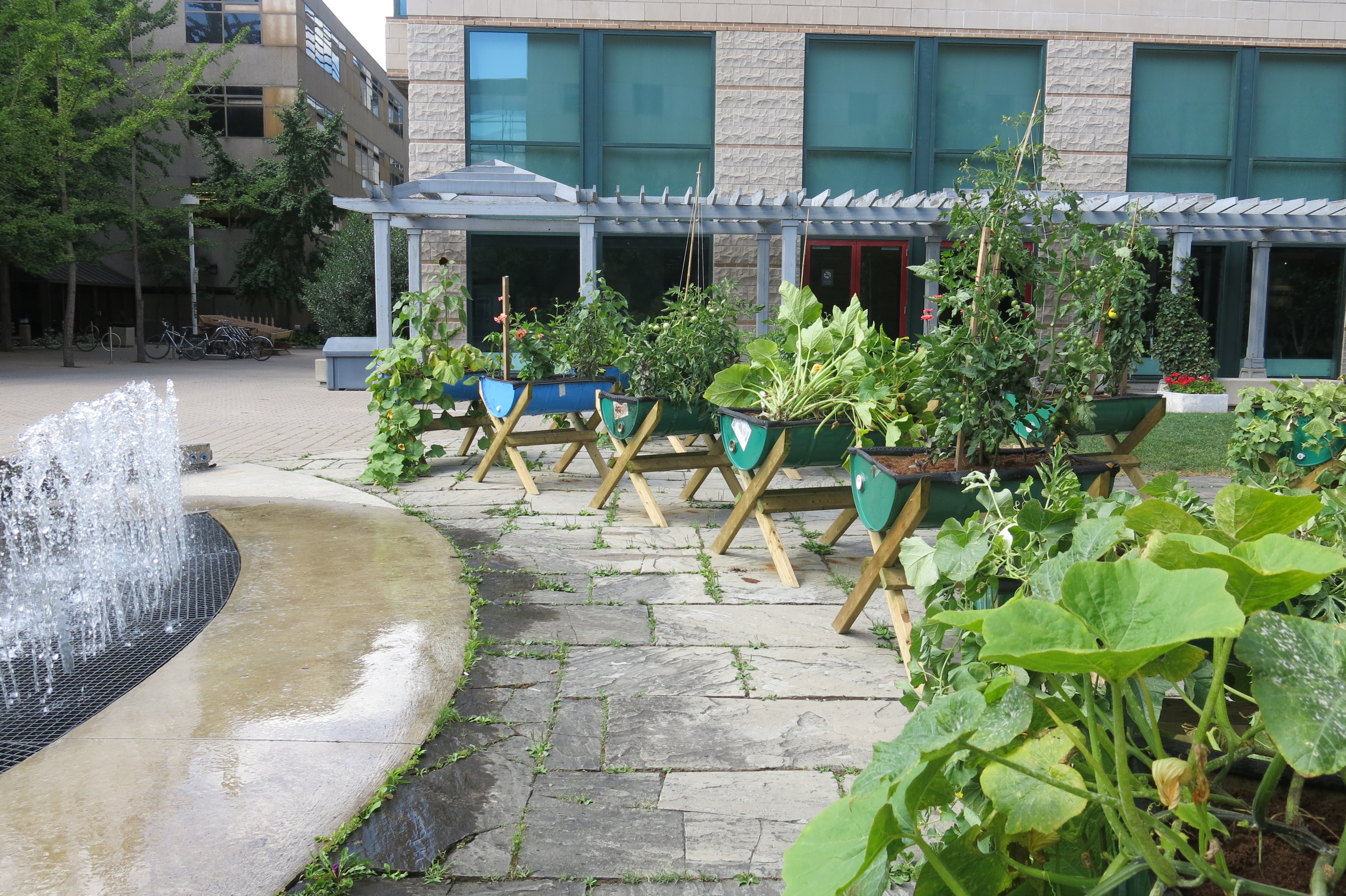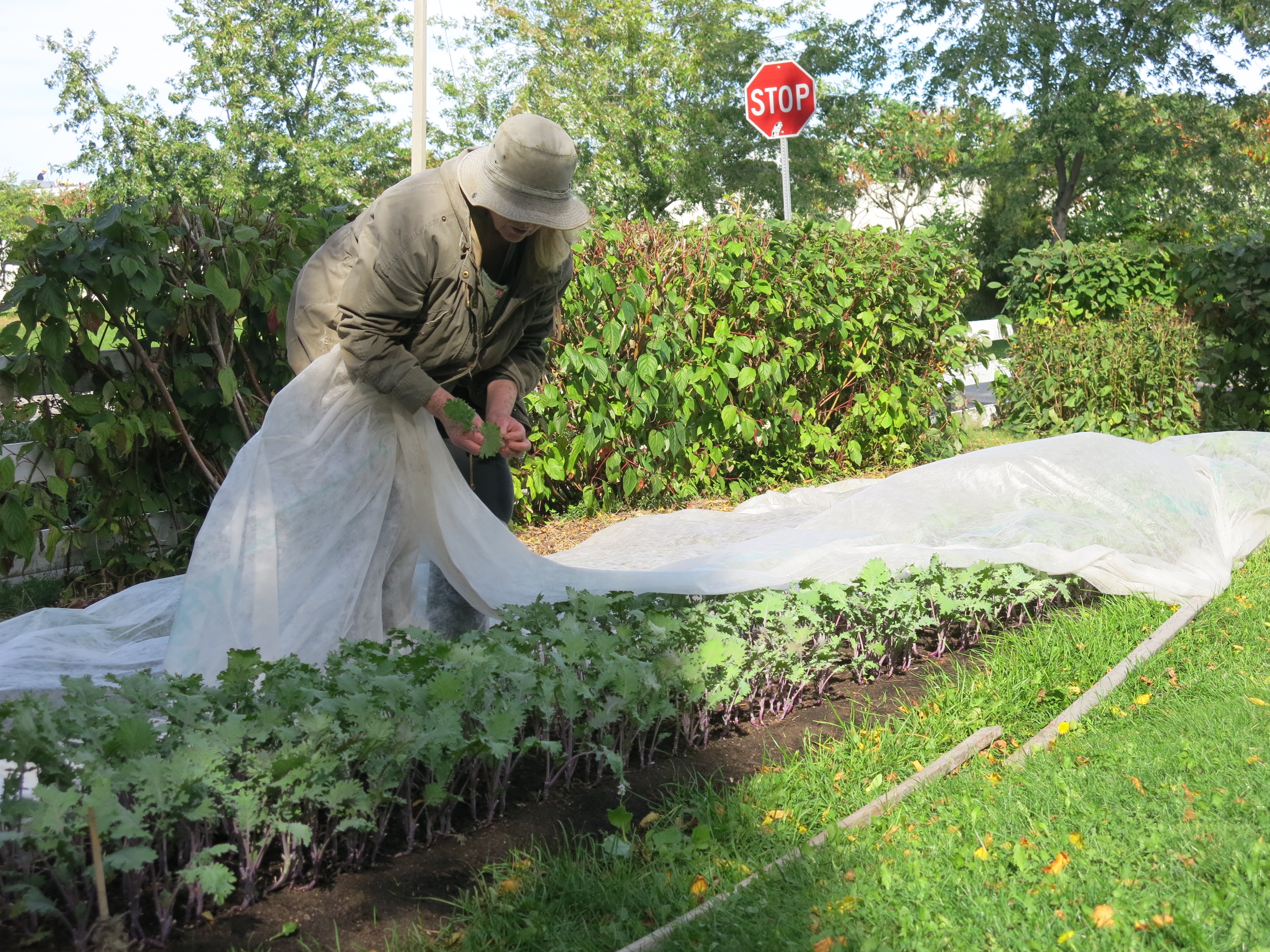What is urban agriculture?
urban agriculture:
growing food
by cultivating plants and raising animals
in and around cities
Where does it happen?
Urban agriculture takes many shapes and can be found in almost every corner of the city:
Parks and public spaces
Churches, mosques, synagogues and temples
Apartment towers – public housing, condos, market rental
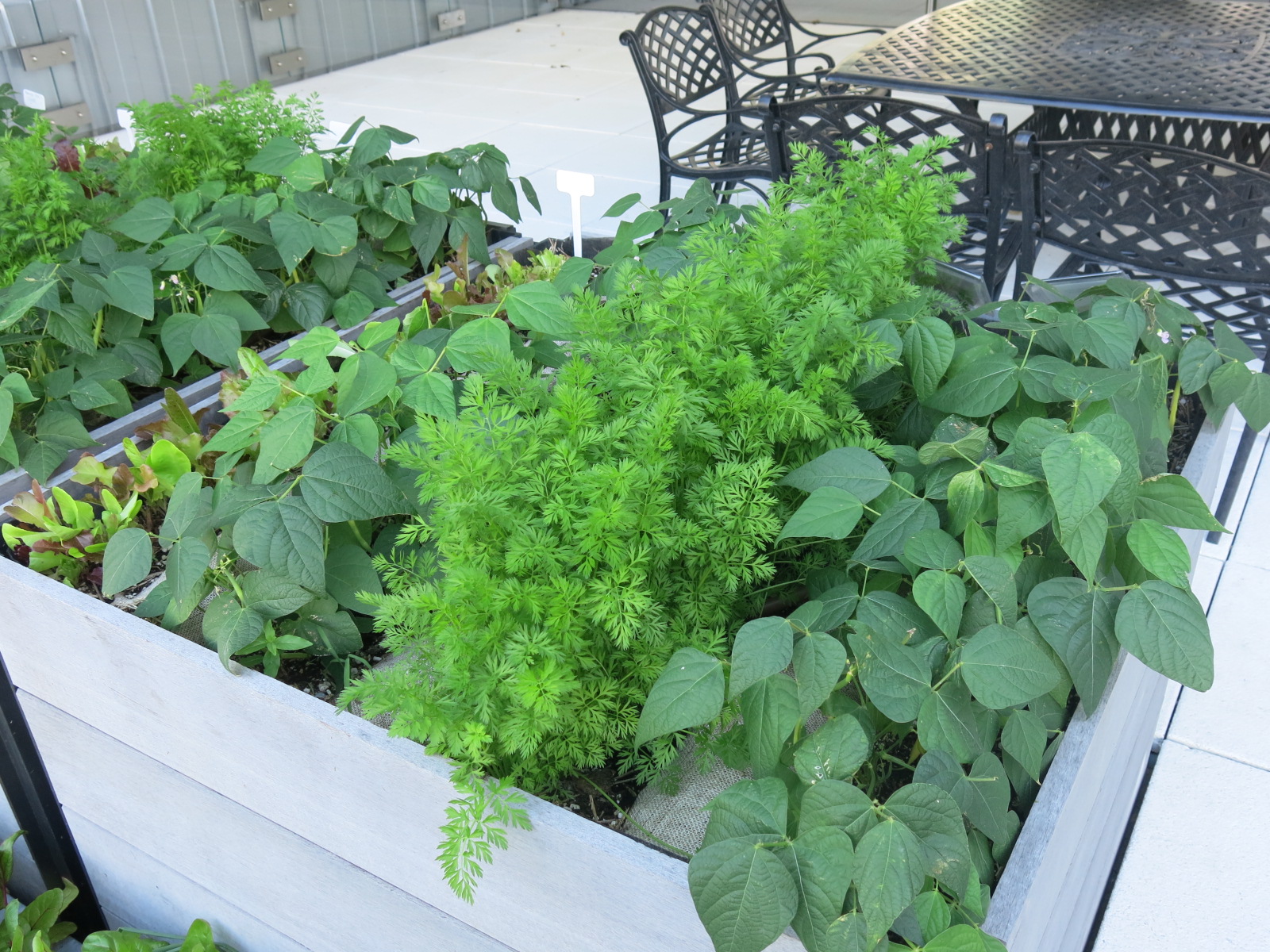 Rooftops and balconies
Rooftops and balconies
Restaurants and other businesses
Hospitals and health centres
Schools
Back yards
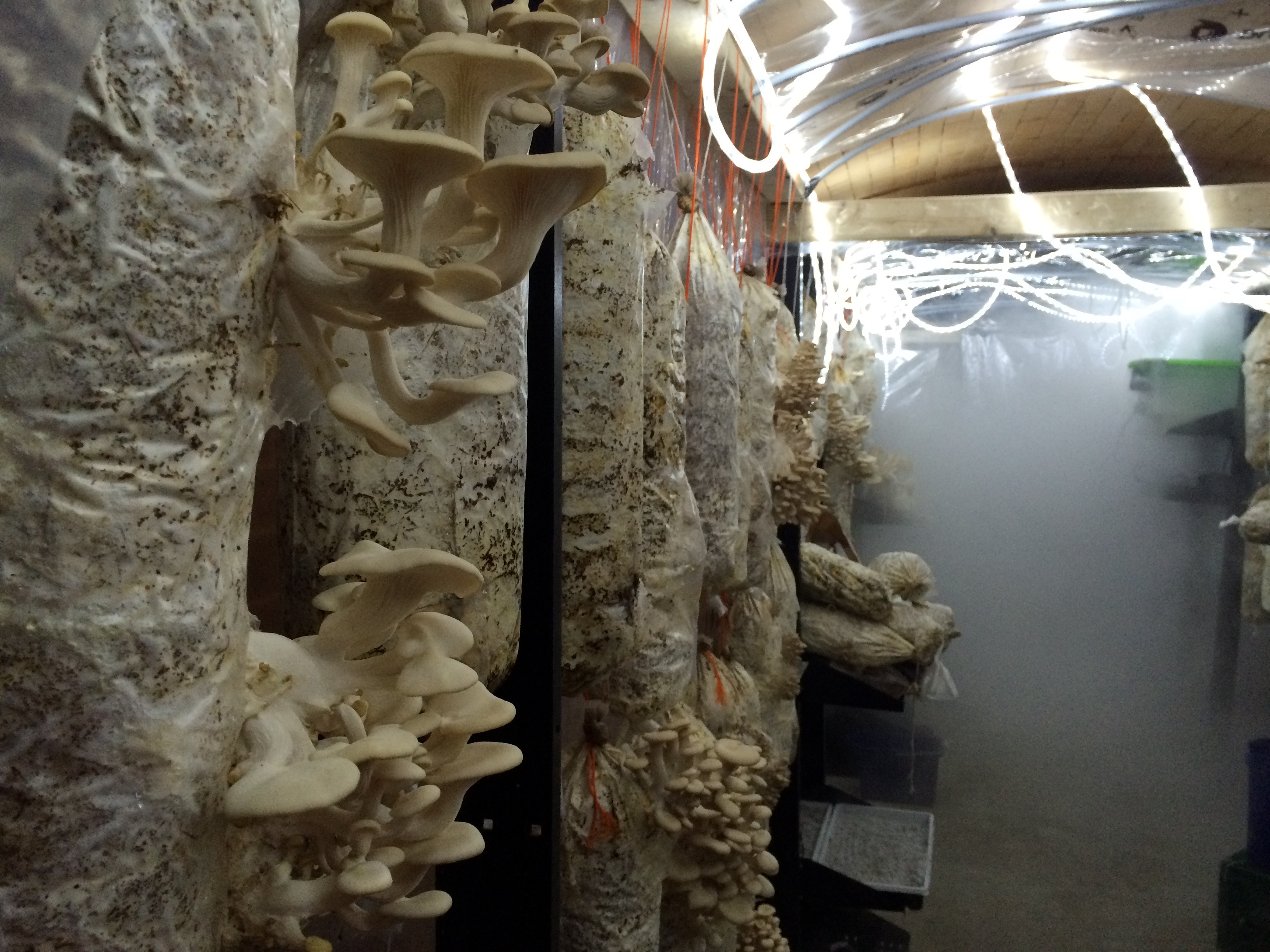
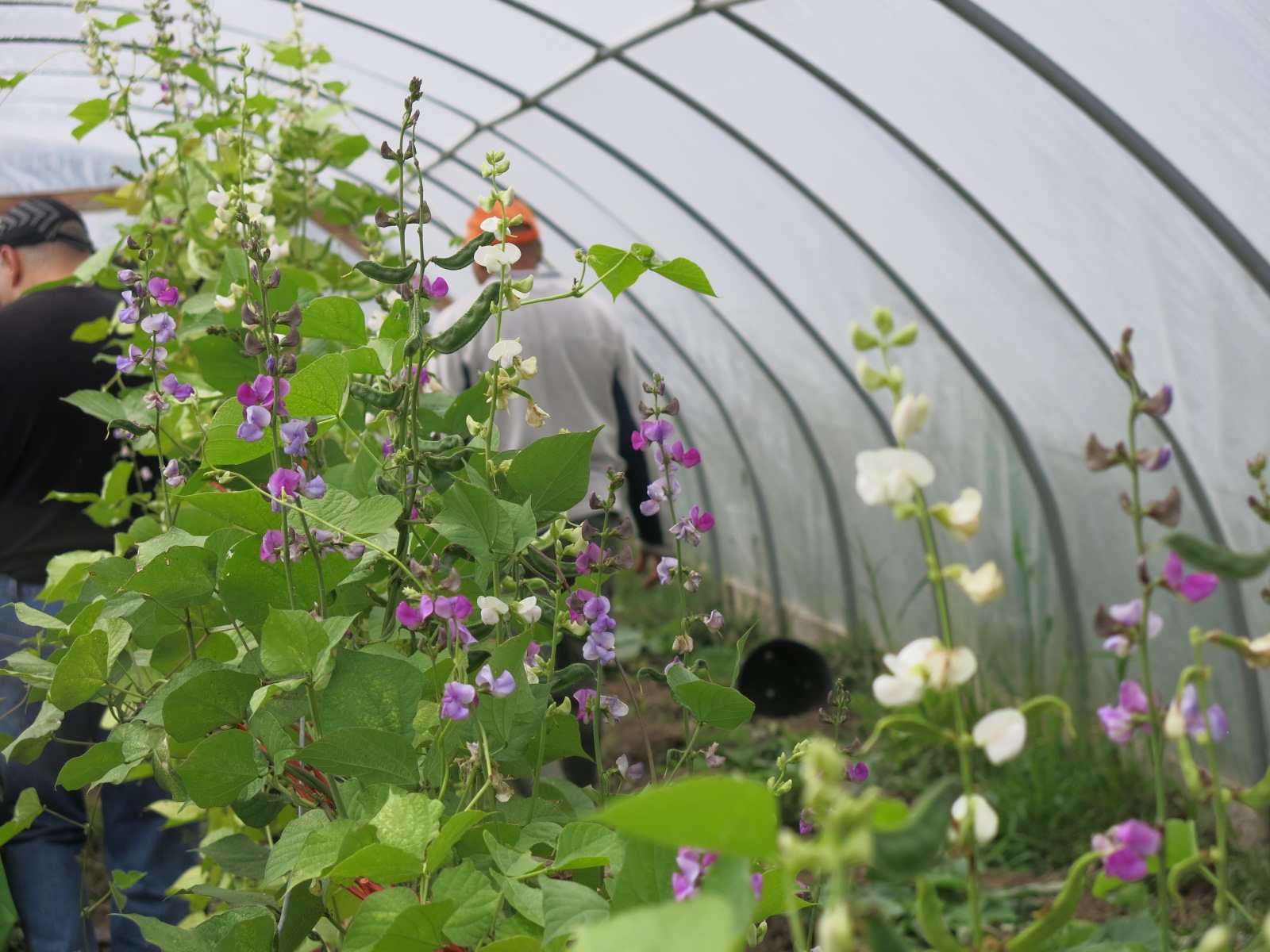
How
Working in small spaces including balconies and containers
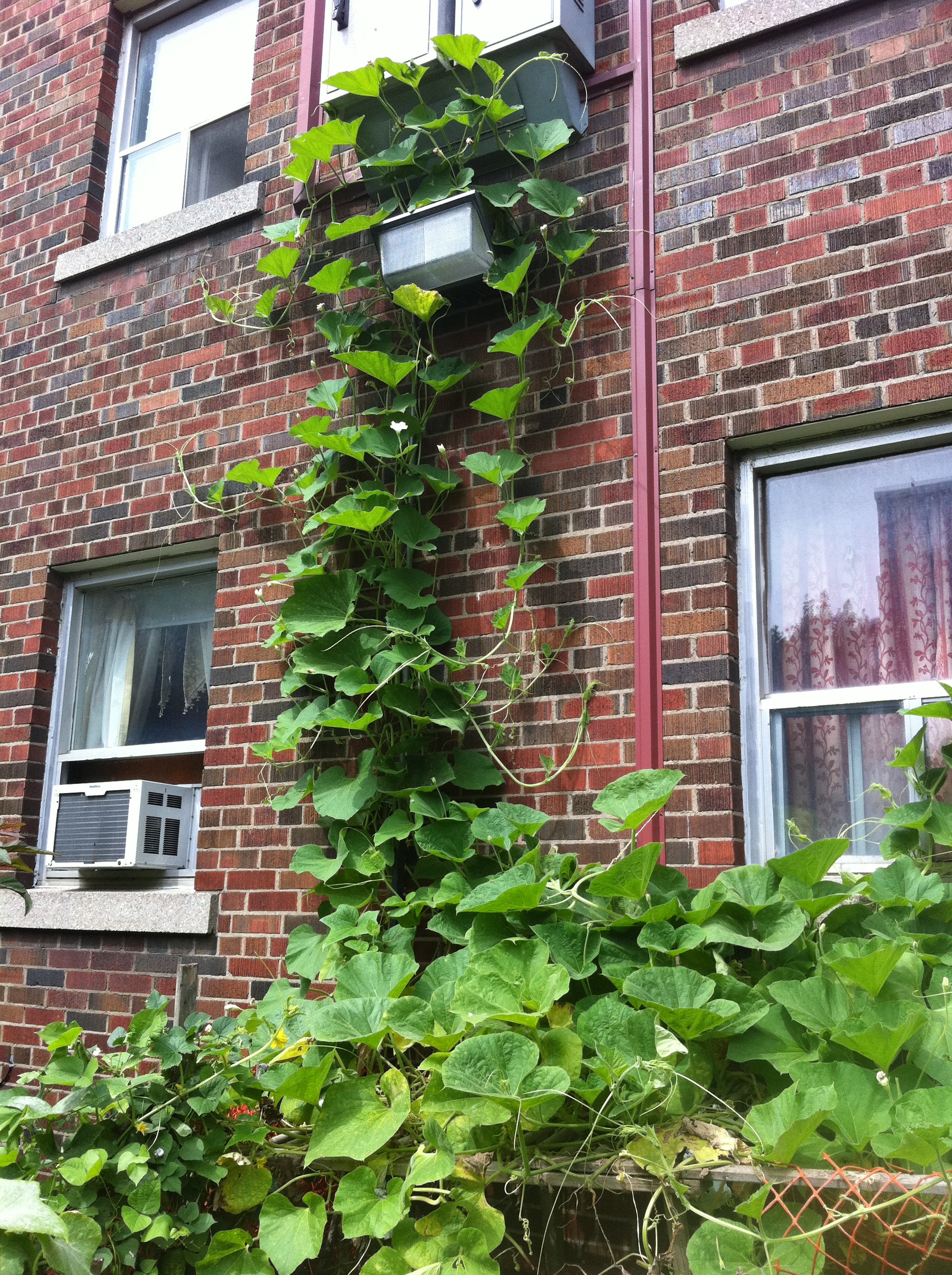
Aquaponics (systems integrating fish and plants)
Hydroponics
Orchards
Composting
Animal husbandry including beekeeping, small livestock, worm composting, other insects
Food processing and value-added production
How are they organized?
Community gardens where people make some commitment to work on
the gardens together, either through shared or common areas, or by sharing
organizing tasks
Allotment gardens run by the city offer plots on a rental basis
to individuals, families and groups
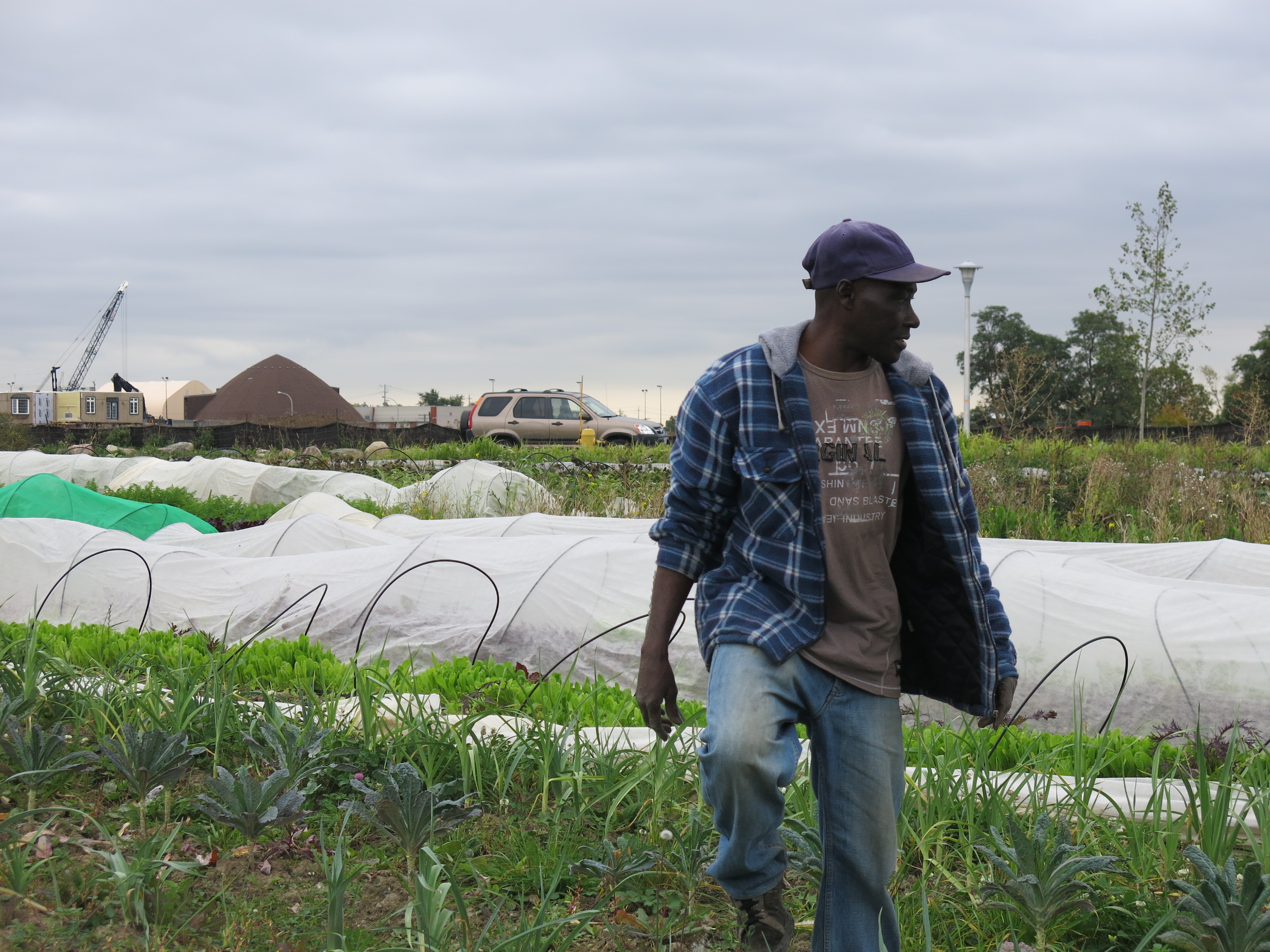
School and children’s gardens teach children about where their
food comes from
Training and internship gardens and farms prepare the next
generation of farmers
Therapeutic gardens and garden programs help foster physical
and mental well-being
Private gardens
Other businesses such as sales of value-added products and consulting
Some people exclude community gardening, back yard gardening, children’s gardens and therapeutic gardens from urban agriculture. The argument is that they are not focused on production and don’t involve sales.
TUG takes a broader definition and includes all of these initiatives for the following reasons:
Urban ag projects have many commonalities – the challenge of finding space to grow, project sustainability and untangling regulations.
By working together we can learn from each other and have a stronger voice calling for a food-friendly city.

